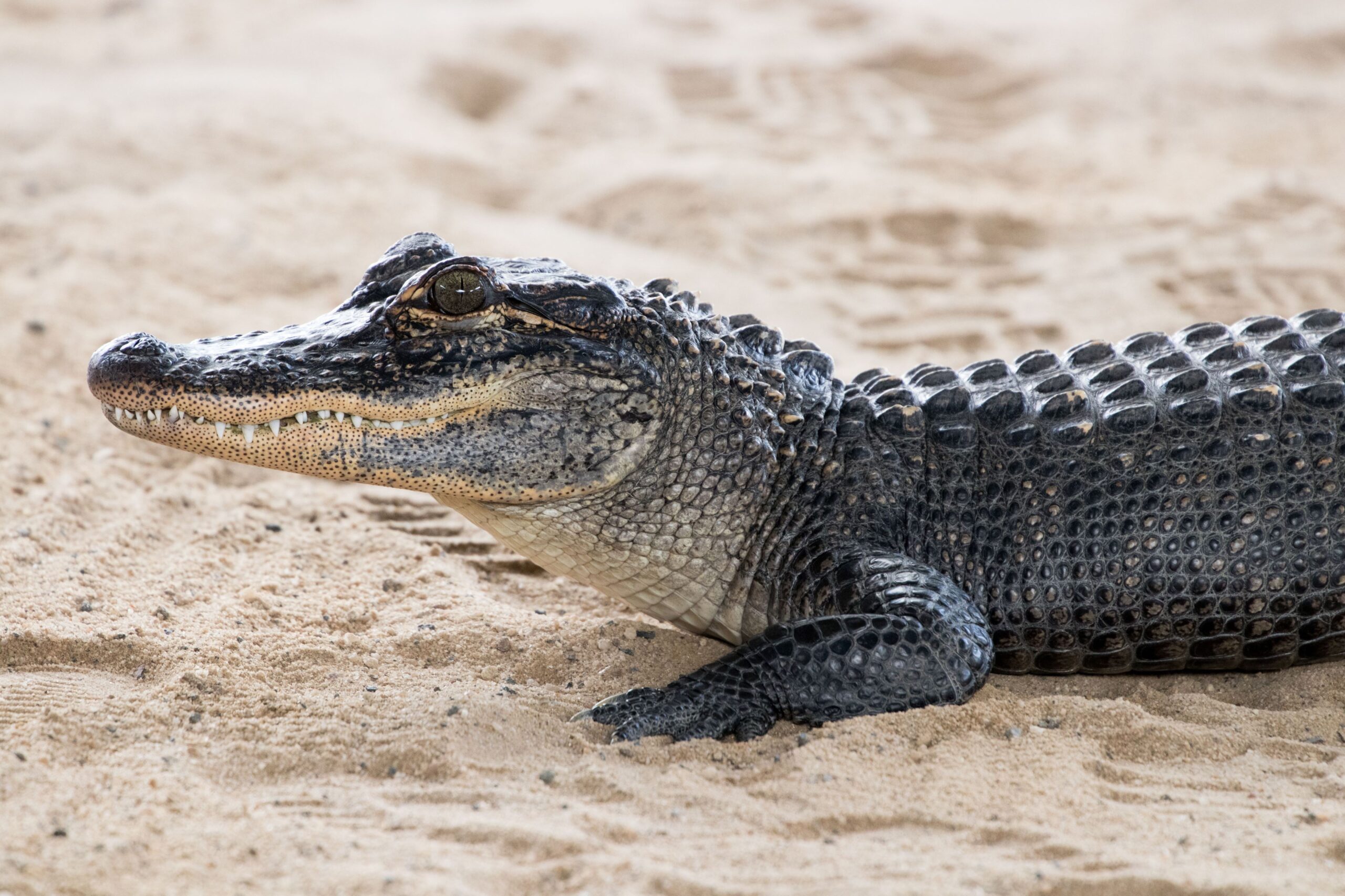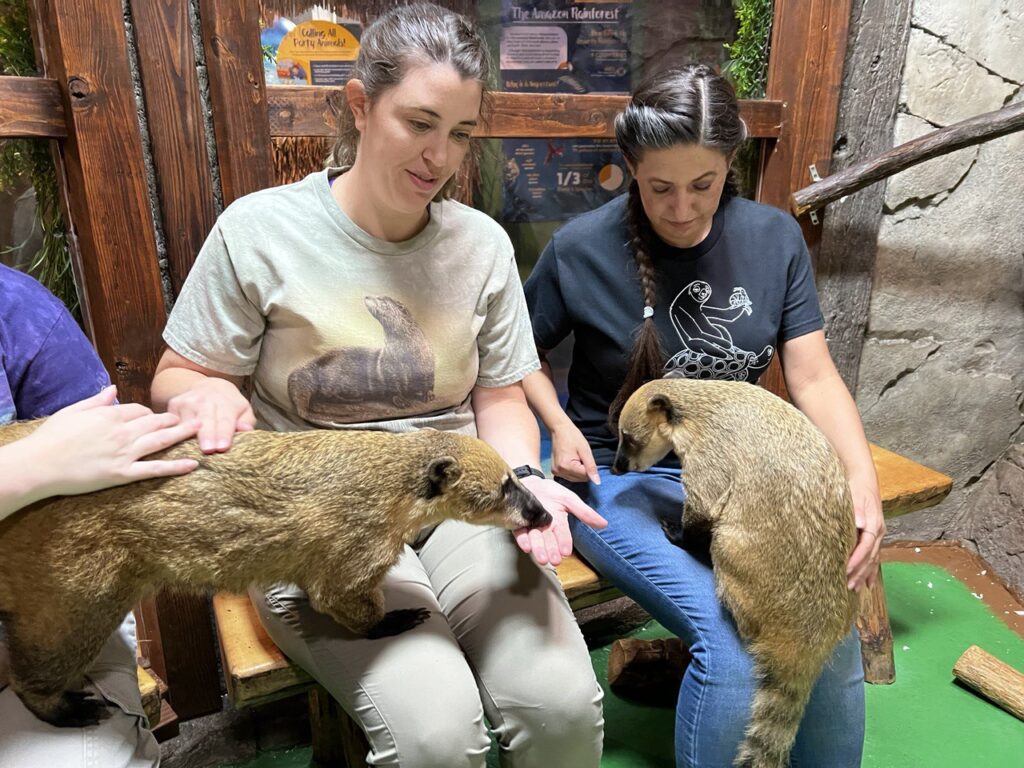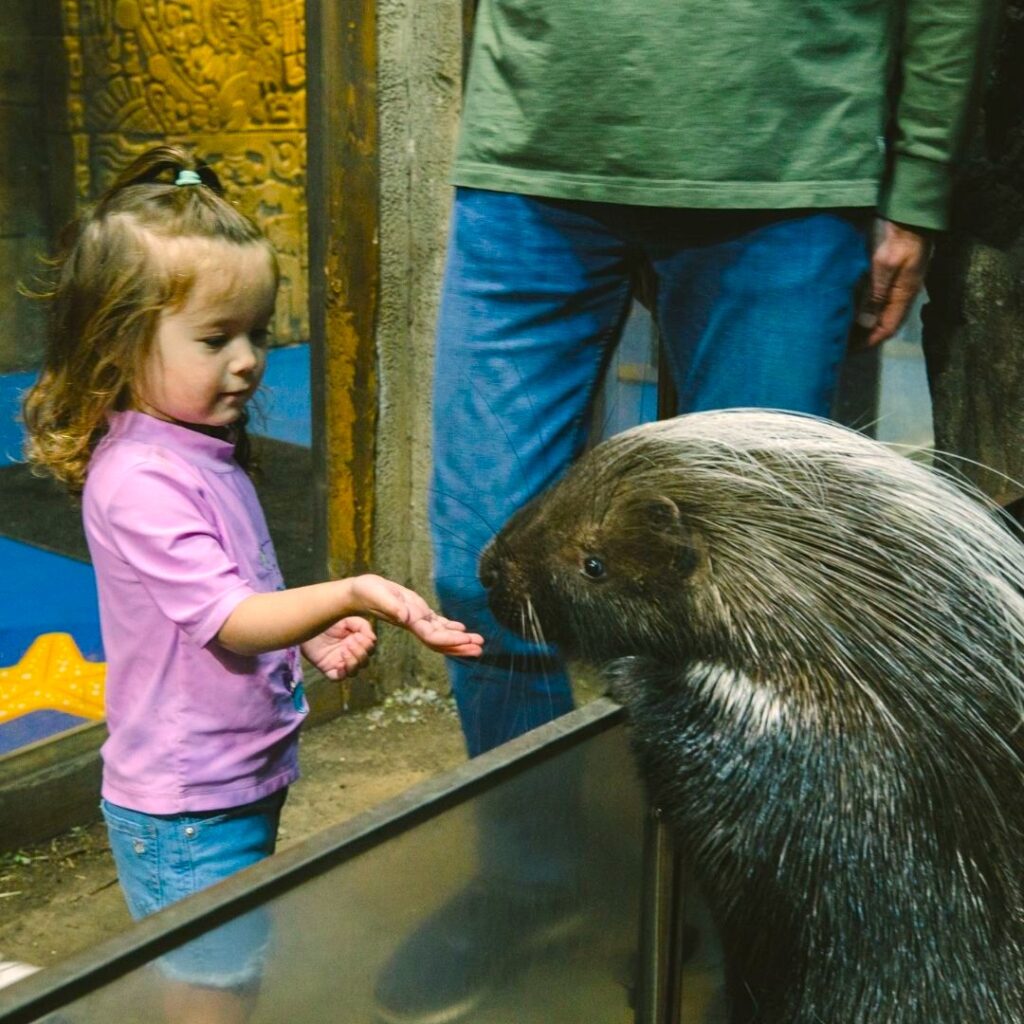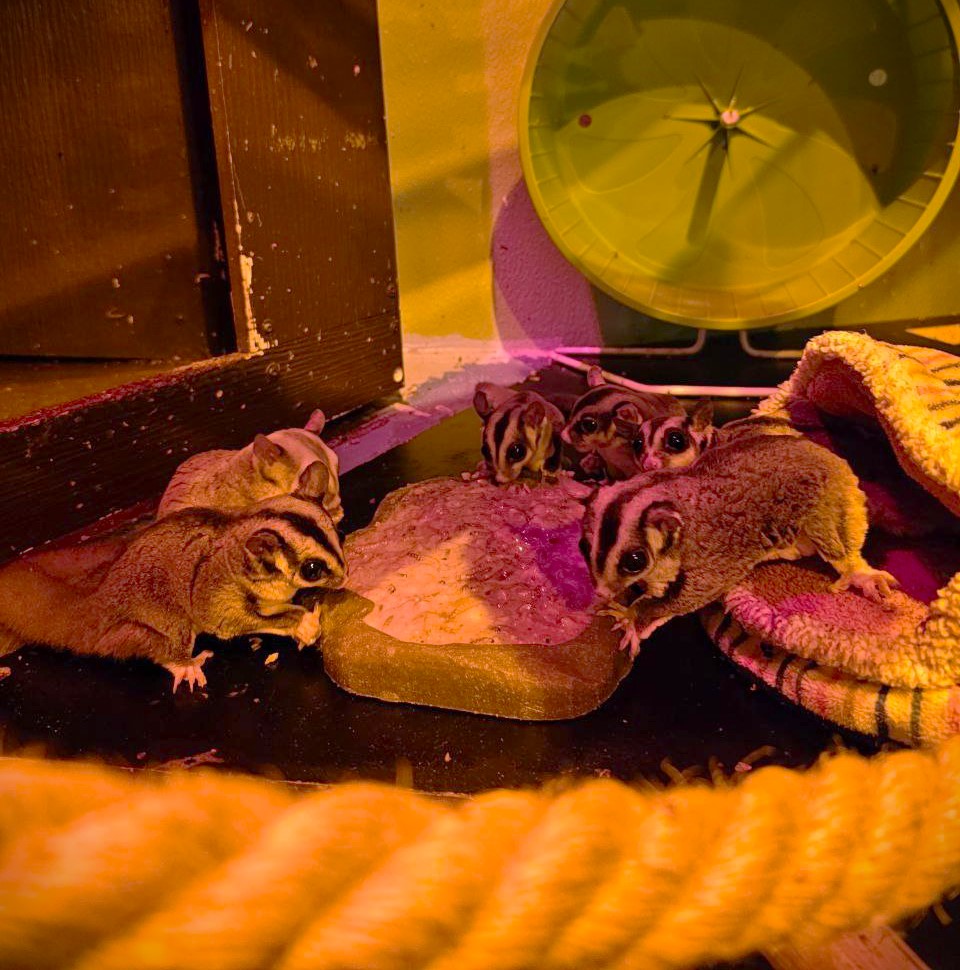Crocodile vs. Caiman: What’s the Difference?
Share it on:

It’s a myth, folks. Alligators, crocodiles, and caiman are NOT dinosaurs. However, they all come from the same “crown” of a prehistoric group of animals called Archosaurs. Archosaurs included birds, crocodiles, pterosaurs, and dinosaurs. Modern-day birds are descendants of feathered dinosaurs, evolving over the last 65 million years. Crocodiles evolved from reptiles that came before far earlier than dinosaurs!
Is a Caiman a Crocodile?
Actually, No! There are over 24 species of crocodile and only six species of caiman in the world. So, what are the differences between caimans and crocodiles? Crocodiles and caiman are both members of the Crocodilia order, but each belongs to a different family group. Crocodiles are a part of the Crocodylidae family, while caimans are members of the Alligatoridae family.
How Big Do Crocodiles and Caiman Get?
Crocodiles can grow to up to 23 feet long and weigh up to 2,000 pounds! Caimans are much smaller than their crocodile cousins. They typically grow to about 6 feet in length and weigh about 80 pounds; however, there have been reports of Black caimans measuring up to 14 feet in length!
What Do Crocodiles and Caiman Eat?
Crocodiles and caiman are both carnivorous and eat mostly meat and protein, fish, small mammals, amphibians, and birds. They also eat vegetation and fruit.
How Long Do Crocodiles and Caiman Live?
The average lifespan of a crocodile is about 70 years, but some can live up to 100 years. Depending on the species, caimans can live between 30 and 40 years.
Where Do Crocodiles and Caiman Live?
Crocodiles can be found in many different regions of the world. Africa, Asia, North America, and Australia are their predominant habitats. Caiman are mostly native to the Americas (North, Central, South), but some species reside in Africa.
Did You Know?
- They both inhabit various areas, from marshes to fast-flowing rivers.
- Crocodiles do not have sweat glands and release heat through their mouths. They often sleep with their mouths open and may pant like a dog.
- Caimans are distinguished from their alligator brother, their closest relatives, by a few defining features: Longer, sharper teeth and agility. Caimans tend to be more agile and crocodile-like in their movements than alligators.
- The black caiman is the second largest known predator in the Amazon, after the Orinoco crocodile.
Is the Crocodile or Caiman Endangered?
Yes, certain species of crocodiles, including the West African and Philippine crocodiles, are endangered. They are hunted for their skins and eggs and threatened by habitat loss and deforestation.
Though stable in most species populations, the Caiman is not endangered, according to the IUCN Red List.
To learn more about the differences between crocodiles and caimans, book an EpicQuest today and visit our caiman here at SeaQuest!
SeaQuest is committed to protecting our world’s oceans and endangered animals. We focus on how to be proactive in finding solutions. To learn more about how you can help SeaQuest with efforts to protect endangered species, book your visit today at any of the following locations: Utah, Las Vegas, Dallas-Fort Worth, Sacramento, Minneapolis, Lynchburg, and New Jersey.





